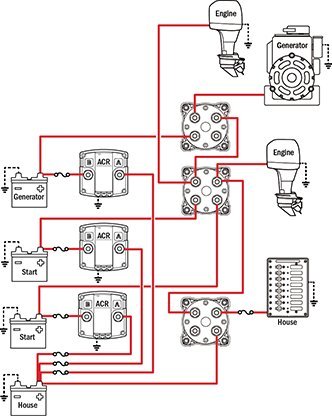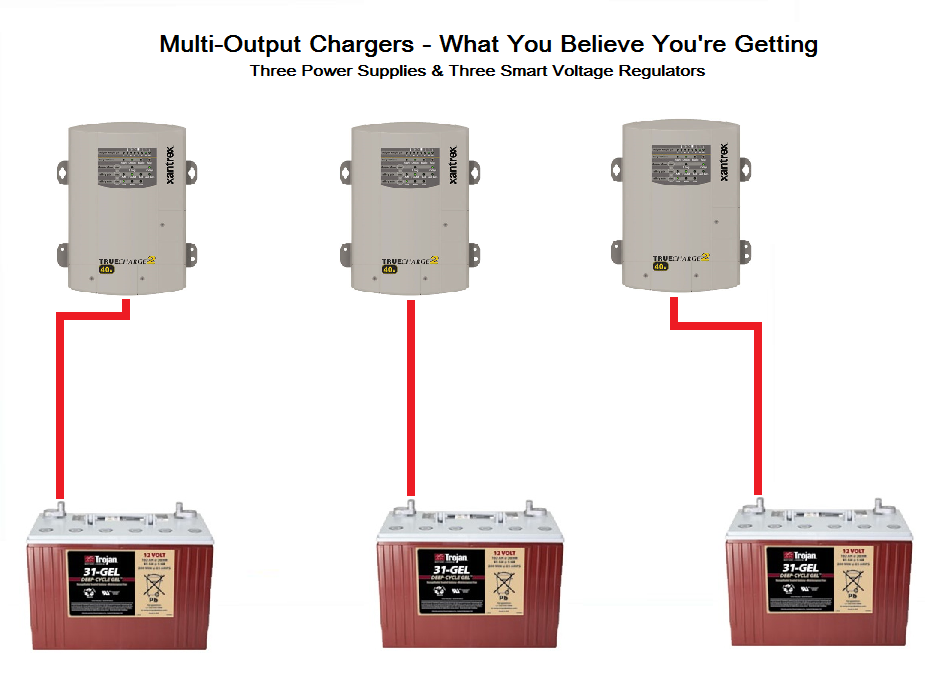tiltrider1
Guru
- Joined
- Aug 2, 2017
- Messages
- 4,358
- Location
- Pacific North West
- Vessel Name
- AZZURRA
- Vessel Make
- Ocean Alexander 54
I believe in trying to do things the best way possible. I also realize that some times the best way for one part of the boat can compromise another part of the boat. Would be nice to set up bus bars and have equal distance cables to all batteries but not if this created a trip hazards. Then all the hard work of perfect cabling can be meaning less if you allow one battery cable to suffer more corrosion than the others.
Sometimes it’s had to know were real value is.
Sometimes it’s had to know were real value is.





